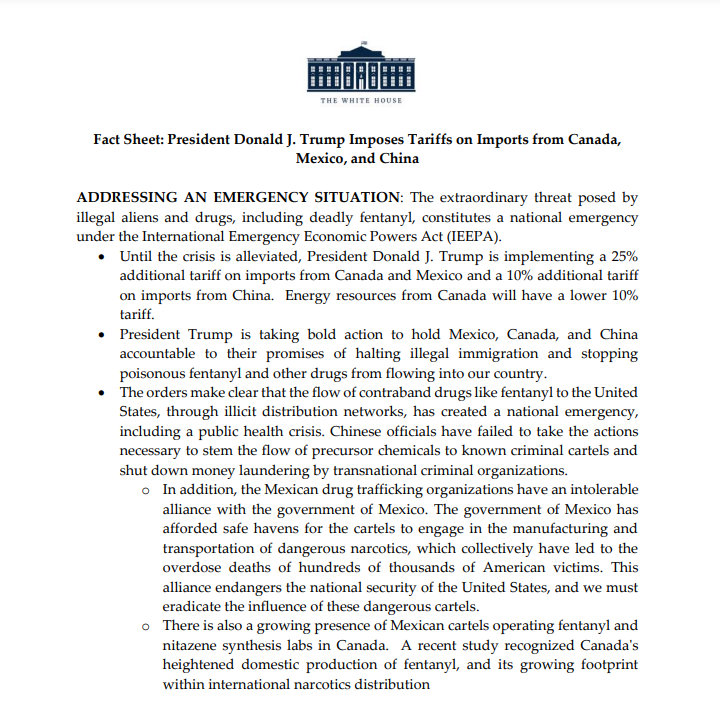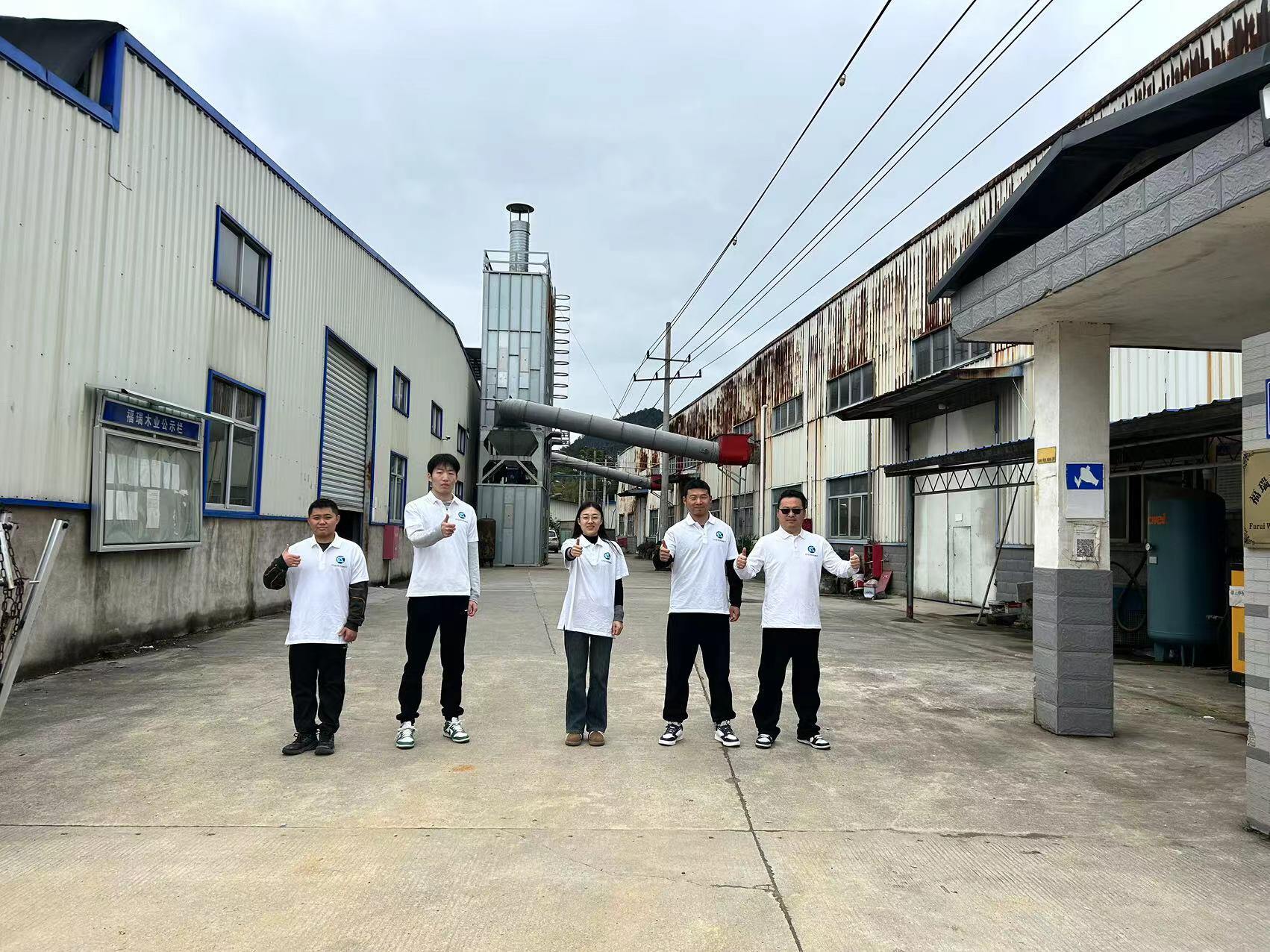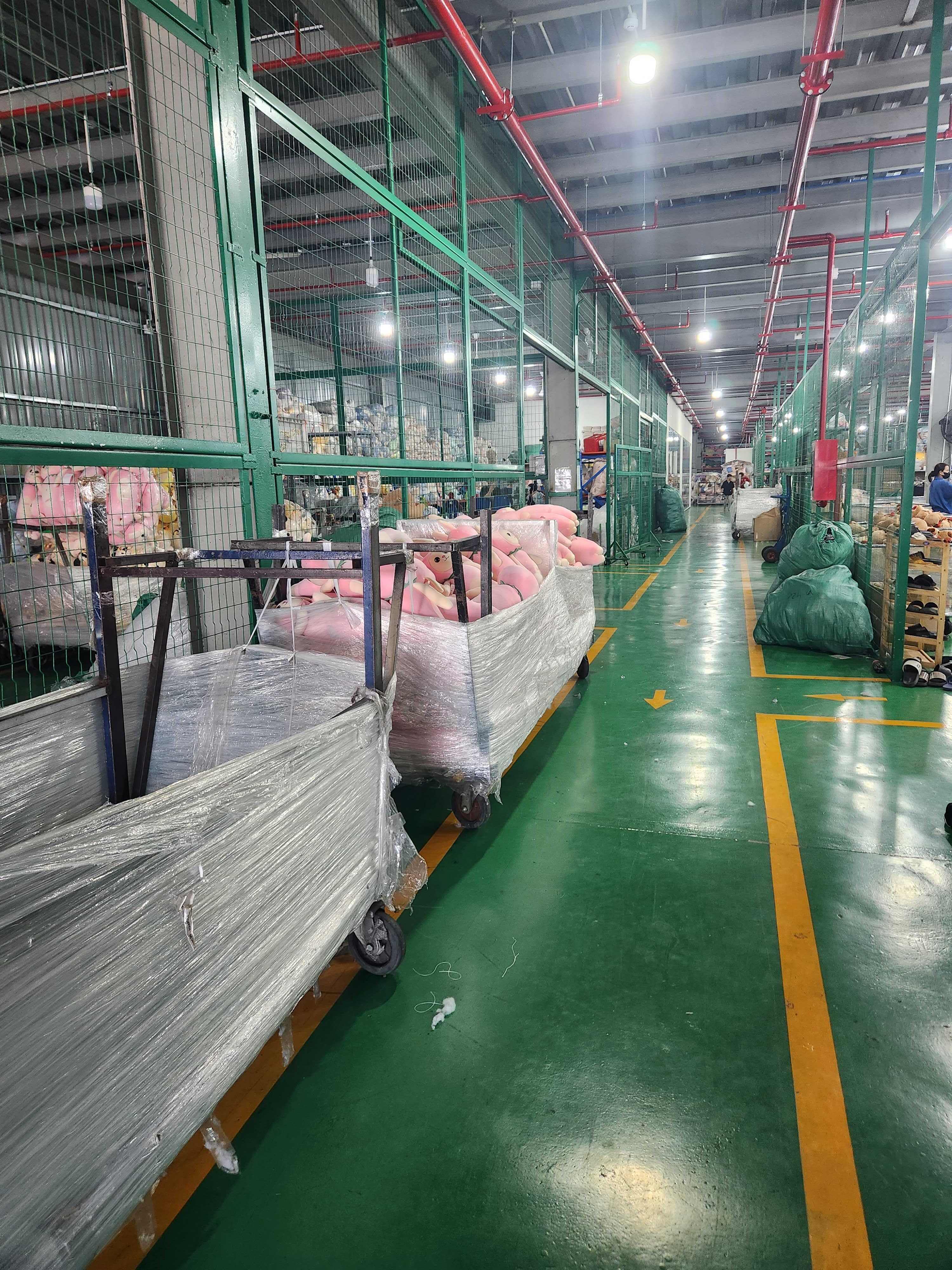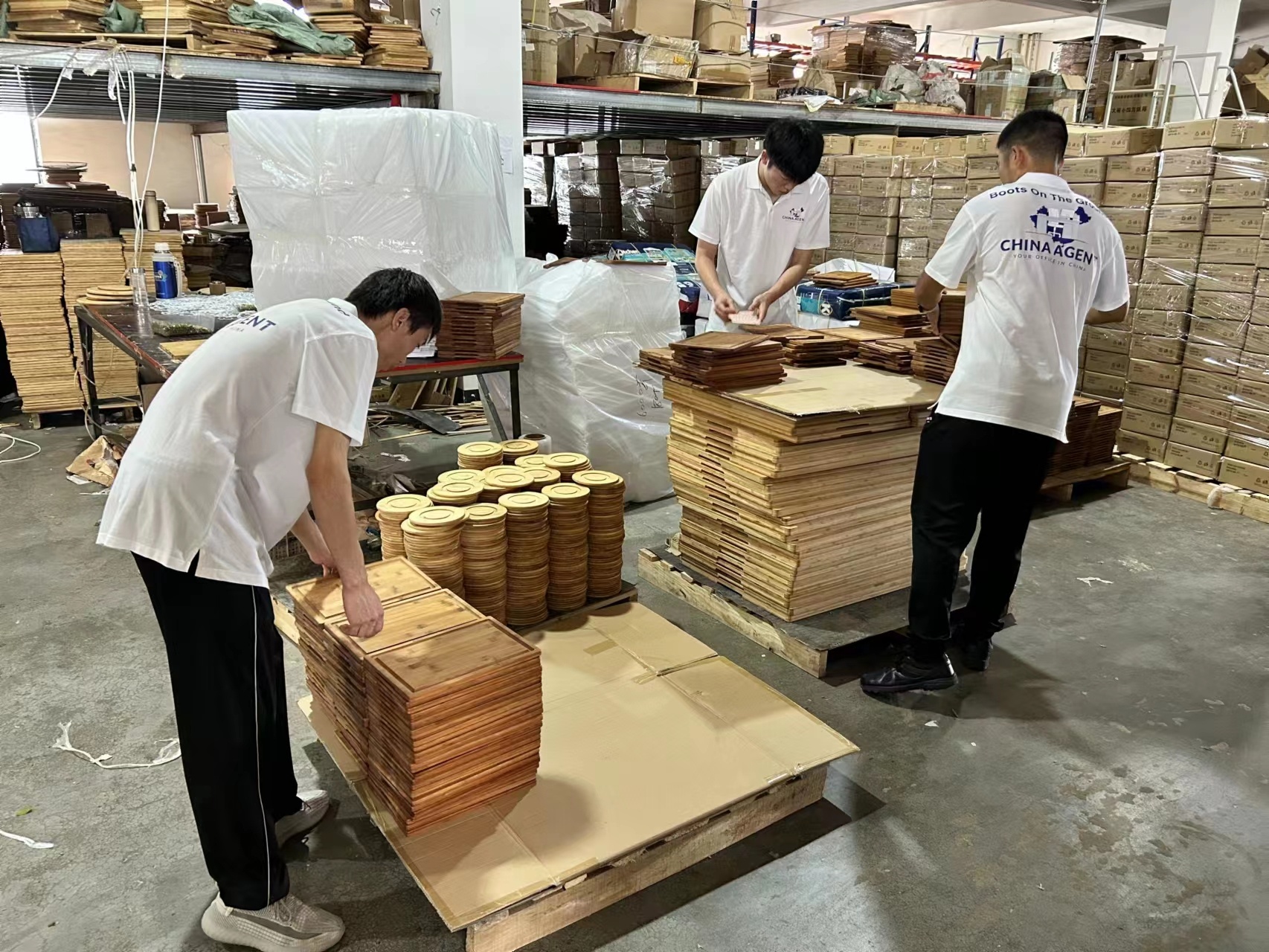Negotiating in China: How to Reduce the Impact of U.S. Tariffs Without Leaving
Introduction
With new U.S. tariffs on Chinese imports now in effect, businesses are feeling the financial squeeze. The 10% blanket tariff on all goods from China adds significant costs to imported products, making price competition even tougher.
For companies that cannot immediately move manufacturing out of China, the best option is to negotiate better terms, restructure contracts, and optimize costs within China.
At China Agent Ltd, we specialize in supplier negotiations and cost-saving strategies for businesses operating in China. In this article, we’ll outline the most effective ways to reduce tariff-related costs without moving production elsewhere.
Step 1: Negotiating Better Payment Terms with Suppliers
One of the fastest ways to ease the financial impact of tariffs is by securing better payment terms from suppliers.
Key strategies for negotiation:
✔ Reducing upfront deposits – Shifting from a 30% down payment to 15% improves cash flow.
✔ Extending payment periods – Negotiating for Net-60 or Net-90 terms to delay tariff payments.
✔ Volume-based pricing adjustments – Ordering in larger batches to secure bulk discounts.
By leveraging on-the-ground presence and supplier relationships, China Agent Ltd helps businesses negotiate more favorable payment terms to counteract increased costs.
Step 2: Renegotiating Product Costs with Factories
Many suppliers overcharge international buyers, often including hidden middleman markups. With tariffs increasing costs, businesses must push back against inflated supplier pricing.
✔ Cost breakdown analysis – Identifying supplier markups on raw materials, labor, and overhead.
✔ Benchmarking pricing – Comparing costs with other suppliers to negotiate fair rates.
✔ Locking in long-term contracts – Securing fixed pricing agreements to prevent future increases.
At China Agent Ltd, we audit supplier pricing, identify cost-saving opportunities, and negotiate fair deals that protect businesses from excessive markups.
Step 3: Optimizing Production to Reduce Costs
Beyond pricing, businesses can work with suppliers to improve production efficiency, cutting costs without sacrificing quality.
✔ Material substitution – Identifying cost-effective alternatives that maintain product integrity.
✔ Production process streamlining – Eliminating unnecessary steps to shorten lead times.
✔ Component-level cost reduction – Optimizing packaging, assembly, and labor allocation.
Our team at China Agent Ltd works onsite with factories to implement cost-cutting measures that maintain quality while reducing expenses.
Step 4: Exploring Partial Manufacturing Diversification
If moving all production out of China isn’t feasible, businesses should consider a hybrid approach:
✔ Keep assembly in China but source raw materials elsewhere – Reducing dependency on tariffed components.
✔ Move only high-tariff products to Vietnam, India, or Bangladesh while keeping core production in China.
✔ Use bonded warehouses to defer tariffs until final export.
With China Agent Ltd’s experience in China-side negotiations, we help businesses balance cost efficiency while maintaining strategic operations in China.
Conclusion: Reduce Costs, Stay Competitive
The new U.S. tariffs make doing business in China more expensive, but businesses that negotiate strategically can minimize financial strain and remain competitive.
At China Agent Ltd, we specialize in:
✅ Supplier price negotiations to offset tariff increases.
✅ Payment term restructuring to improve cash flow.
✅ Production optimization to reduce costs without lowering quality.




